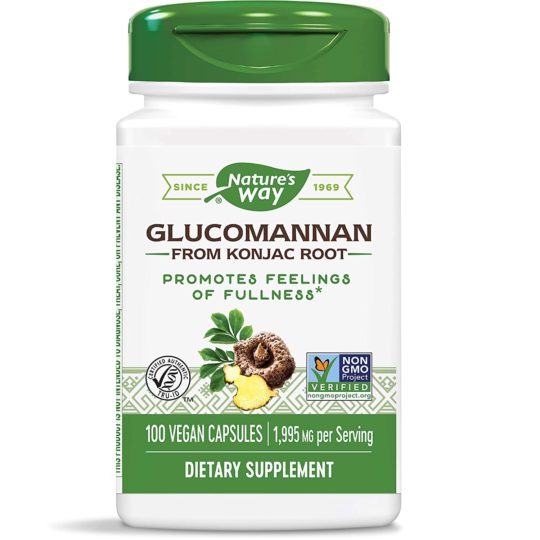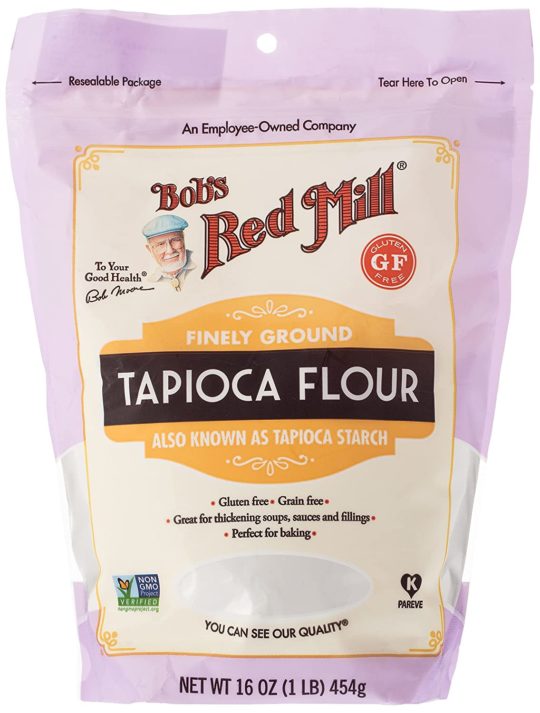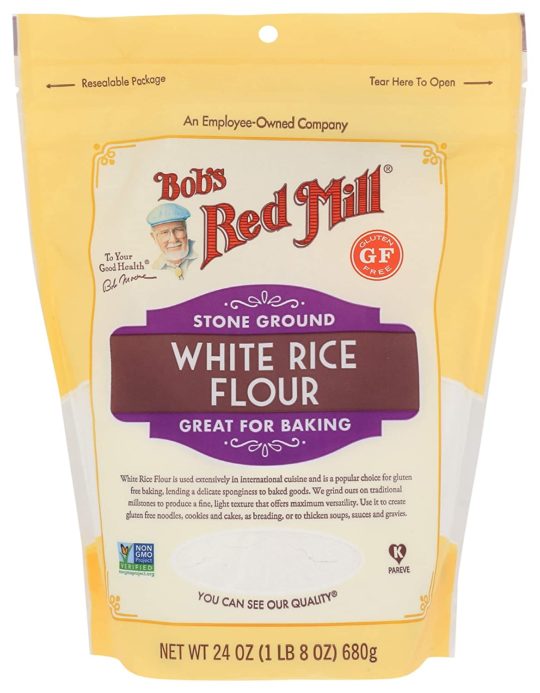Let’s assume you’re standing in your kitchen, perhaps a bit sweaty and tired but surrounded by the delicious aroma of the sauce you’re making for the family dinner. Everything’s coming together wonderfully, and you can’t wait to sit down and start munching away blissfully on the final product of long hours of cooking.
Then the time comes for you to add some Cornstarch to your sauce, to get it to that thickness you love and enjoy. And then you realize you’ve run out of Corn-starch! This is a dreadful position to be in; you can’t afford to run to the store to get more cornstarch, and you can’t just go on without adding it to your sauce. What would you do?
This might seem like a major cooking disaster, but in truth, there’s no need to fret. Plenty of other food items work, just like Corn-starch, to add thickness to your soups and sauces. These substitutes might work in methods and quantities that differ slightly from the typical use of Corn-starch but should ultimately produce the same results if appropriately introduced.
What is cornstarch?
Corn-starch is a food item derived from the endosperm of maize (or corn) kernels. It is starchy and is a common cooking ingredient with a wide range of culinary and non-culinary functions. More importantly, recipes use it as a popular thickening agent to introduce a thicker consistency to liquid-based meals.
Corn-starch is capable of thickening liquid-based dishes such as soup, sauces, gravies, and custard. This thickening action can be combined with a lower-temperature liquid to form a paste or slurry. The molecular chains contained within Corn-starch unwind as it is heated, colliding with other starch chains to form a mash and thicken the liquid (a process known as starch gelatinization).
Corn-starch is commonly found in powdered sugar (icing or confectioner’s sugar) as an anti-caking ingredient. Corn starch is also added in various proportions to foods, such as cheese and yogurt, in an attempt by food producers to minimize their production costs. Because it produces a translucent rather than opaque combination, it is sometimes used only flour.
Cornstarch nutrition facts

Cornstarch uses in sauce recipes
Corn-starch is a popular ingredient in various recipes, especially as a thickening agent in sauces. It also has other uses in baking and is known for giving baked food items a particularly soft-baked and robust consistency. Apart from being a commonly known thickening ingredient, Corn-starch is also helpful in making desserts, pastries, and a ton of other baked goods.
Some of the sauces in which Corn-starch can be used include the following:
- Barbecue sauce
- Hot fudge sauce
- Horseradish sauce
- Enchilada sauce
- Taco seasoning and sauce
- Tartar sauce
- Stir fry sauce
- Stroganoff sauce
- Strawberry sauce
- Caramel sauce
- Soy sauce
- Brown sugar sauce
- Bechamel sauce
- Cheese sauce
- Seafood cocktail sauce
Substitutes for cornstarch in sauce
Corn-starch is very useful in many ways, especially in cooking procedures. Due especially to its starchy component, it is very good at absorbing water, hence its widespread use as a thickening agent. It is commonly used in stews, soups, sauces, gravies, and other liquid-based meals.
When you’re in the middle of making one of your favorite sauces and suddenly realize that you have no Cornstarch at home, some ingredients can work in their place to properly thicken your sauces. The nature and appropriate use of these ingredients in sauce recipes are described below:
All-purpose flour
Flour is an acceptable thickening agent that can be used in place of Corn-starch in sauce recipes, albeit it must be handled a bit differently from Corn-starch. Unlike Corn-starch, flour does not add a glossy texture to sauces and, if not fully cooked, can somewhat alter the flavor of the result.
Just like with Corn-starch, you’ll need to produce a slurry or paste with two tablespoons of flour and a little bit of cold water (preferably 1/4 cup). This should prevent it from clumping when added to a boiling recipe.
The slurry should then be stirred into the hot sauce until the liquid thickens and becomes bubbly. Afterward, the mixture should be heated for two to three minutes to ensure that the flour is cooked correctly and does not taste “raw.”
Glucomannan
The konjac plant’s roots are the source from which glucomannan is derived. It is a powdered soluble fiber and works as a popular low-carb replacement for Corn-starch because it contains no calories or carbs due to its high fiber content. Glucomannan is also a probiotic, which means it feeds helpful bacteria in the large intestine, which is excellent for improved gut health.
Due to its considerably better thickening capability, you would need a smaller amount of glucomannan compared to Corn-starch. As such, for every two teaspoons of Corn-starch, most people use about a quarter of a teaspoon of glucomannan.
Because it thickens at low temperatures, it is essential to combine it with a bit of cold water before pouring it into your food, and this will prevent it from clumping when it comes into contact with the boiling liquid.
Tapioca
In its processed form, Tapioca is a starch extracted from cassava, and this root vegetable is native to South America. Tapioca flour is created by pounding cassava roots to a pulp, sifting off the starch-rich liquid, and drying. However, because some cassava plants contain cyanide, the cassava must first be treated to guarantee that it is safe to eat.
Tapioca flour, pearls, and flakes are common forms in which Tapioca is made available, typically gluten-free. It is useful as a thickening agent and can be used successfully as a substitute for Corn-starch in sauce recipes. Most cooks recommend using two tablespoons of tapioca flour in place of 1 tablespoon Corn-starch when thickening soups and sauces.
Rice flour
Rice flour is a powder derived from rice that has been finely ground. In Asian cultures, it is commonly used in desserts, rice noodles, and soups. Rice flour can also be a thickening ingredient in recipes, making it a good substitute for Corn-starch in sauces and other liquid-based recipes. When mixed with water, it also has a colorless consistency, making it ideal for thickening transparent liquids.
It is naturally gluten-free and can substitute conventional wheat flour for persons with gluten-related diseases. It can be made into a fine paste using hot or cold water or a roux (flour and fat mixture). To achieve the same effect as wheat flour, it is necessary to use twice as much rice flour as Corn-starch.
Frequently asked questions (FAQs)
Can baking soda be used to thicken the sauce?
Baking soda does not have the starchy component that Corn-starch possesses. As such cannot be used as a thickening agent.
Is cornstarch or flour better for thickening?
Corn-starch is purely starchy and has twice the thickening power of flour, which is only part starch. Due to this, twice the quantity of flour is necessary for the same thickening effect as Corn-starch.
Is baking soda the same as cornstarch?
While baking soda and Corn-starch may appear similar, they are not interchangeable in the kitchen. Baking soda functions as a leavening agent, whereas Corn-starch acts as a thickening agent.
Conclusion
When it so happens that you run out of Corn-starch while in the middle of making your favorite sauce recipes, don’t see it as the end of the world. You can try one or more of our suggested substitute options and see how well they’ll thicken your sauces. Who knows, you may even end up preferring their use over Corn-starch.
You should also ensure that you use these substitutes in the correct amounts and methods. This will give you a higher chance of arriving at your desired result, similar enough to what you’d get if you used Corn-starch.




